By Steve Flairty
NKyTribune columnist
Some individuals revel in the opportunity to be the fly in the ointment, the one who speaks or acts aversely against popular opinion. It’s often an ego thing, the way to get most easily noticed, an attempt to garner a sense of superiority to mask an actual personal insecurity. For Kentuckian John Marshall Harlan, his drag on proceedings was based on a sincere desire to do the right thing.
And the passage of time vindicated this associate justice of the Supreme Court from Kentucky.

In The Great Dissenter: The Story of John Marshall Harlan, America’s Judicial Hero, (Simon & Shuster, 2021) author Peter Canellos presents 501 pages of well-researched depth and easy-to-read material, both on the life of Boyle County native Harlan (1833-1911) and the historical dynamics of 19th and early 20th century America, which made JMH’s accomplishments even more impressive. Kentucky state historian James Klotter called the book one that “fully explains the forces that shaped a slaveholding Kentucky Unionist, a forward-looking justice, and a great man.”
Harlan was the son of James Harlan, a prominent Whig politician who also held slaves in the Danville area. One included Robert Harlan, who was treated by family members as a brother (and many thought a half-brother). As Canellos pointed out, light-skinned Robert rose to prominence as a businessman, horseman, and civil rights advocate politician “by dint of his extraordinary talents.” No doubt the head start he got in the nurturing Harlan household also proved crucial. And no doubt did the experience of growing up with Robert and his giftedness figure in coloring John’s own sympathetic perspective on matters of racial equality. Robert receives a lot of attention throughout the book, and Canellos and his research staff deserve praise for shining light on his dynamic life as well as John’s.
John graduated with honors from Centre College and became involved with state politics. During the Civil War, he was part of the Union’s 10th Kentucky Infantry forces and showed great leadership and bravery. After he left the unit when his father died, he ran for and became the state’s attorney general. He ran as the Republican nominee for governor in 1871 and 1875 but lost both times, but in 1877 Harlan was appointed by President Rutherford B. Hayes for the U.S. Supreme Court, and he would serve there until his death in 1911.
Harlan’s independence in thought and action was put on display in his long term in America’s highest court. He offered a series of rebuttals in crucial decisions, wrote Canellos, including the E.C. Knight case regarding government’s power to go after trusts, the Pollock case on congress’s power to impose an income tax, the Plessy decision on legal segregation, and the Downes decision on the government’s power to rule overseas as it saw fit. Yet, he noted: “Harlan retained the respect of his colleagues. His reverence for the Constitution touched a sentimental chord in their lawyerly souls: his ability to disagree ruthlessly with a colleague’s ruling while sharing an apple with him on a streetcar appealed to their own desire for comity. . . the ultimate court loyalist — a team player — who nonetheless considered it part of his oath to break with the team whenever his conscience dictated.”
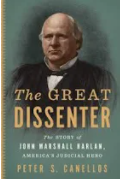
There’s little doubt that Harlan’s most celebrated dissent was the Plessy vs. Ferguson case in 1896. It was a test case involving Homer Plessy, a New Orleans man who was seven-eighths white and one-eighth black. In 1892, Plessy broke a state law by deliberately sitting in the “white” section on a Louisiana rail car, for which he was arrested. He was convicted by the district court and the decision sustained by the Louisiana Supreme Court. On appeal, the case reached the U.S. Supreme Court and the court ruled against Plessy’s contention and said that having separate seating classes on the train didn’t demonstrate a basic inequality of races, ie., a “separate but equal” ruling that spurred a straightforward rebuttal from Harlan. Following is a part of his statement against the majority ruling of his colleagues on the bench:
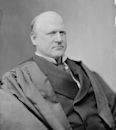
“In view of the Constitution, in the eye of the law, there is no caste here. Our constitution is color blind and neither knows nor tolerates classes among its citizens. In respect of civil rights, the humblest is the peer of the most powerful. The law regards man as man, and takes no account of his surroundings or of his color when his civil rights as guaranteed by the supreme law of the land are involved.”
The ruling unfortunately stayed and cemented the injustice across America for many more decades until 1954, when Chief Justice Earl Warren led in a unanimous decision that changed the tide of public policy, stating: “We conclude that in the field of public education the doctrine of ‘separate but equal’ has no place. Separate educational facilities are inherently unequal.” It was a game-changer, and Justice Harlan was given much due credit for his dissent in 1896 that later paved the decision of the Warren Court.
The Great Dissenter is a remarkable offering, a plea to the best in human inclinations. It should also bring a sense of pride to Kentuckians who seek heroes amongst us.











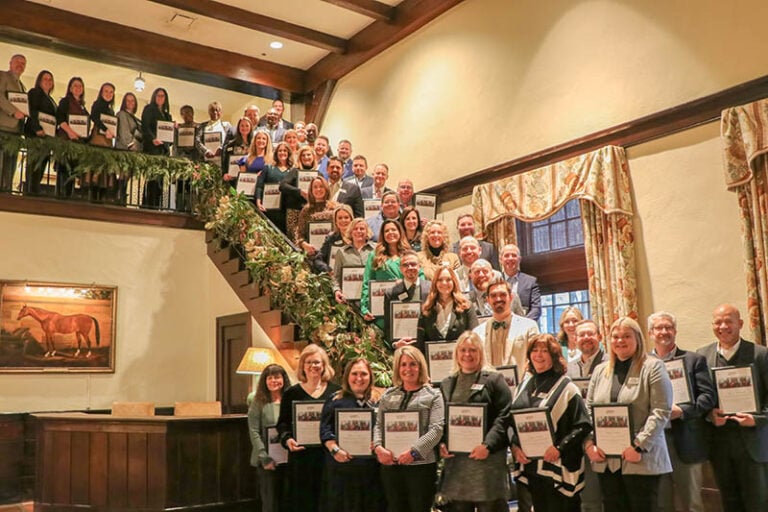



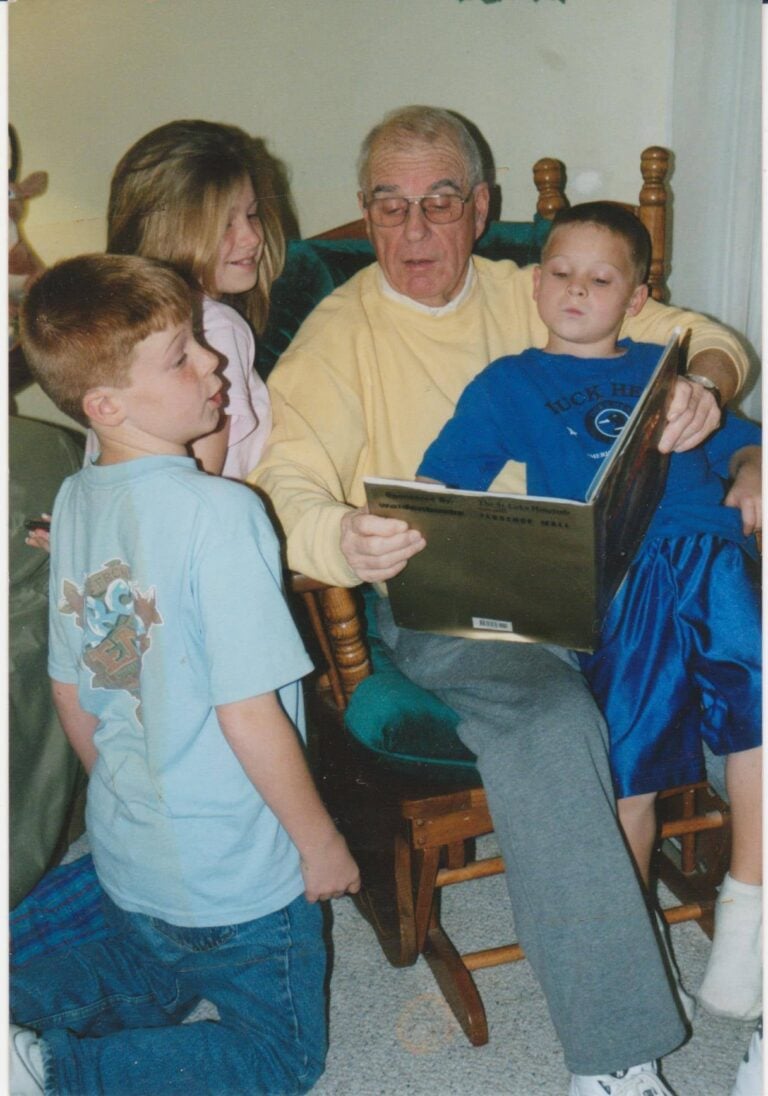
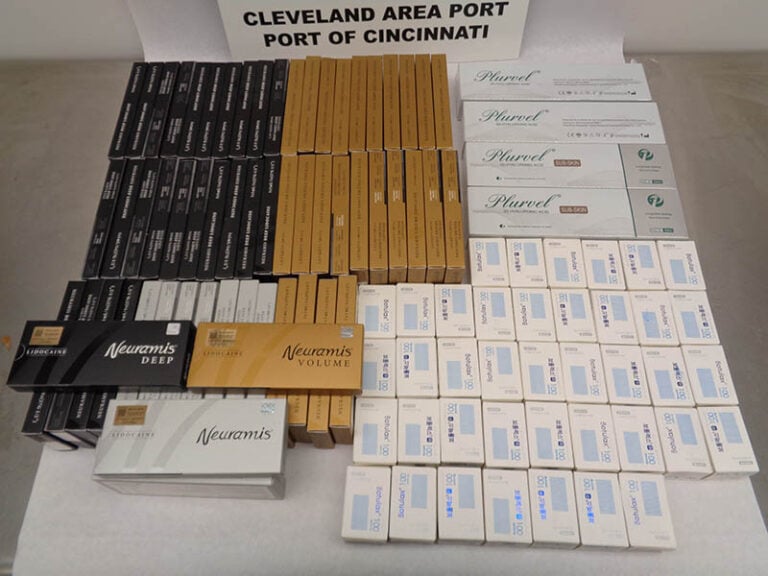



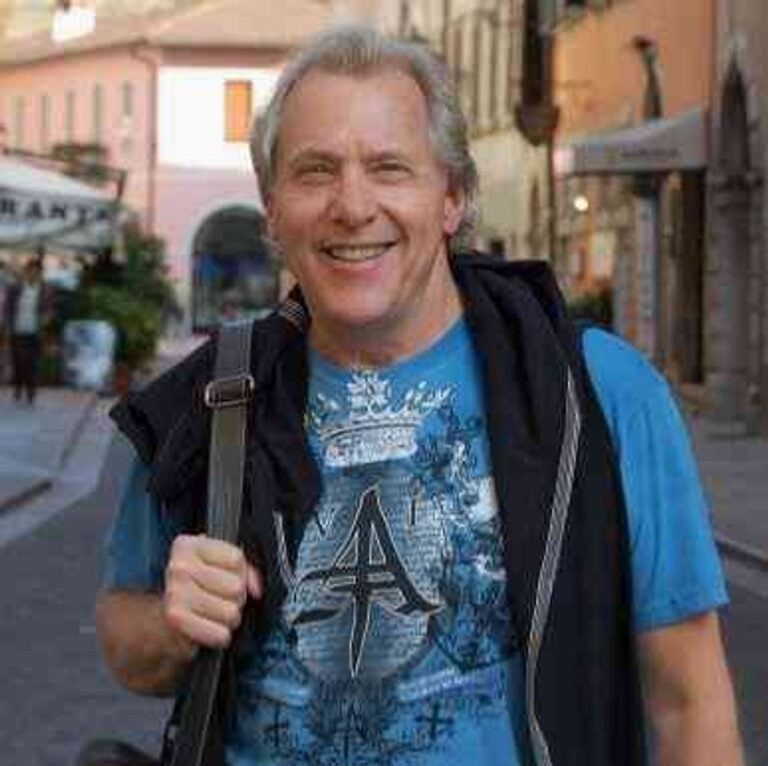

I am currently reading this book. Harlan’s background was so unlike that of the other Supreme Court justices in his day, as he came from the trenches of the Old South, and saw first hand how discrimination undermined the rights and dignity of black people. He was a minority of one in his day, but his minority opinions ultimately bore fruit when the Supreme Court majority upheld his opinions on civil rights in the 50s and 60s. Kentuckians should be proud of this civil rights hero.